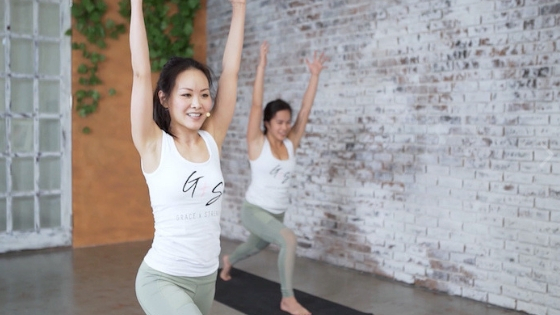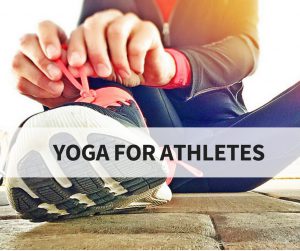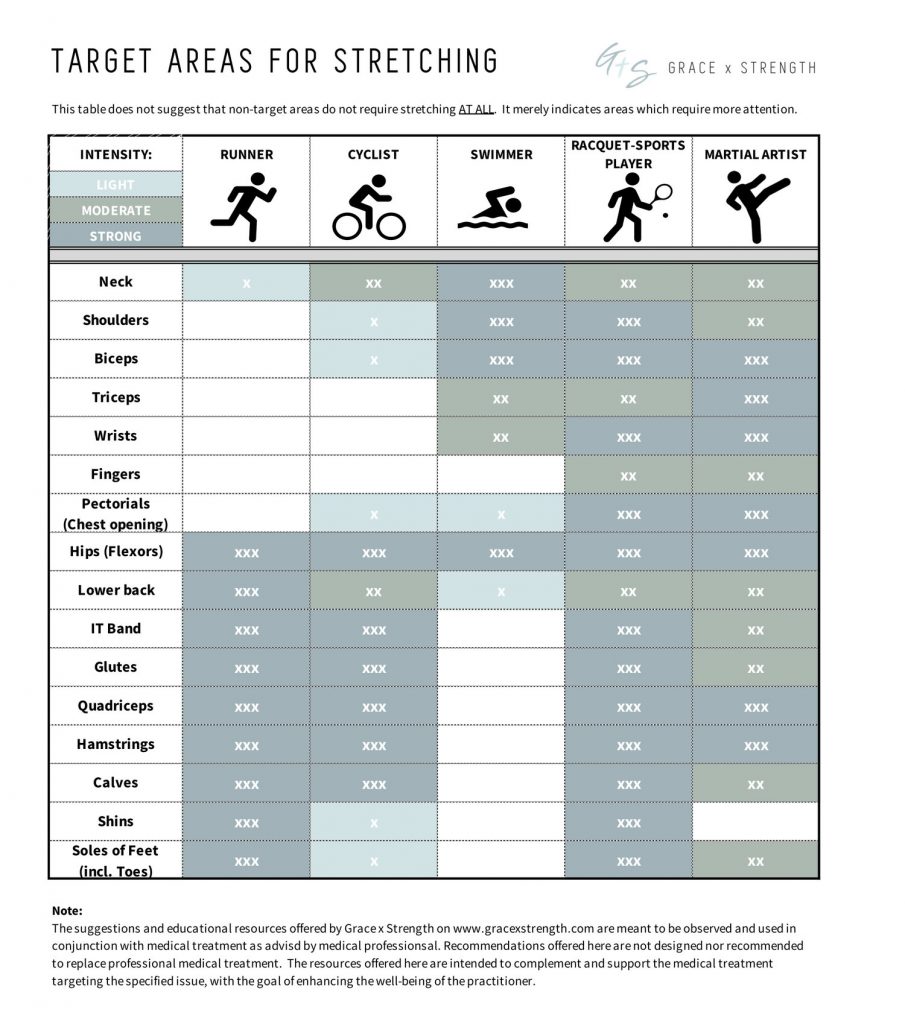
With the growing popularity of yoga, we see that yoga hasn’t just become “another fitness fad” but something that many professional athletes have adopted as part of their training schedule. Working with a range of athletes and martial artists, I hear a lot about their different injuries. I often joke with them saying, “Just do yoga. Look at me, I never get injured!” But really, what’s so unique about yoga?
I recall a time when my handstand coach had a chat with me about my goals for my sessions with him. He said something that has really stuck with me. “If your goal for doing handstands is because it looks cool, that’s alright. But don’t tell me you're trying to learn it to improve your yoga practice because you don’t need to be able to do handstands to “improve your yoga practice”….” That hit me right in the face. There was even a momentary wave of guilt, shame or doubt there ... because of what I had made yoga look like. He reminded me that yoga is a practice of holistic wellness, not a series of stunts and not about looking cool (although some poses do look pretty cool, I must say!) Ultimately, yoga is a practice of improving your overall health and wellbeing. Each individual yoga journey is different but certainly none of which we, as yoga teachers, should advocate advanced poses as a measure of ‘improvement’. Otherwise, we would just be another sporting professional!

Now, back to yoga for athletes. Athletes spend so much time training already. Why add another layer into the mix? Why yoga? Well, yoga exists to bring more than the physical training. Its holistic approach is the key reason why many athletes, sports coaches and sports professionals have turned to yoga to strive for optimal performance. Athletes are also constantly running on adrenaline because they train to compete. Yoga offers a way for athletes to surrender the need to “perform” and lower adrenaline levels for good rest.
Physically though, there are two things a lot of athletes need help with are 1. postural alignment and 2. mobility. Often, intensive training in certain sporting activities result in repetitive use of the same muscle groups and chronic holding patterns that favour their dedicated sporting activity but...at the expense of mobility. When the fascia tissue that holds the muscles are not frequently stretched out, naturally, it limits the range of movement (i.e. decreased mobility) which then increases the risk of injury.
Different sporting activities will generally require different tailored programs. However, we look at a some generic areas to work on and references to other blogs for more detailed breakdown of specific poses.
Below, we look at common areas (but not limited to) to stretch out for some common sports:

Let us know how you go, if you have any questions or feedback for us. Email us or find us on Social Media where we are very active!
With Grace & Strength,
Alyssa + Josephine xx

